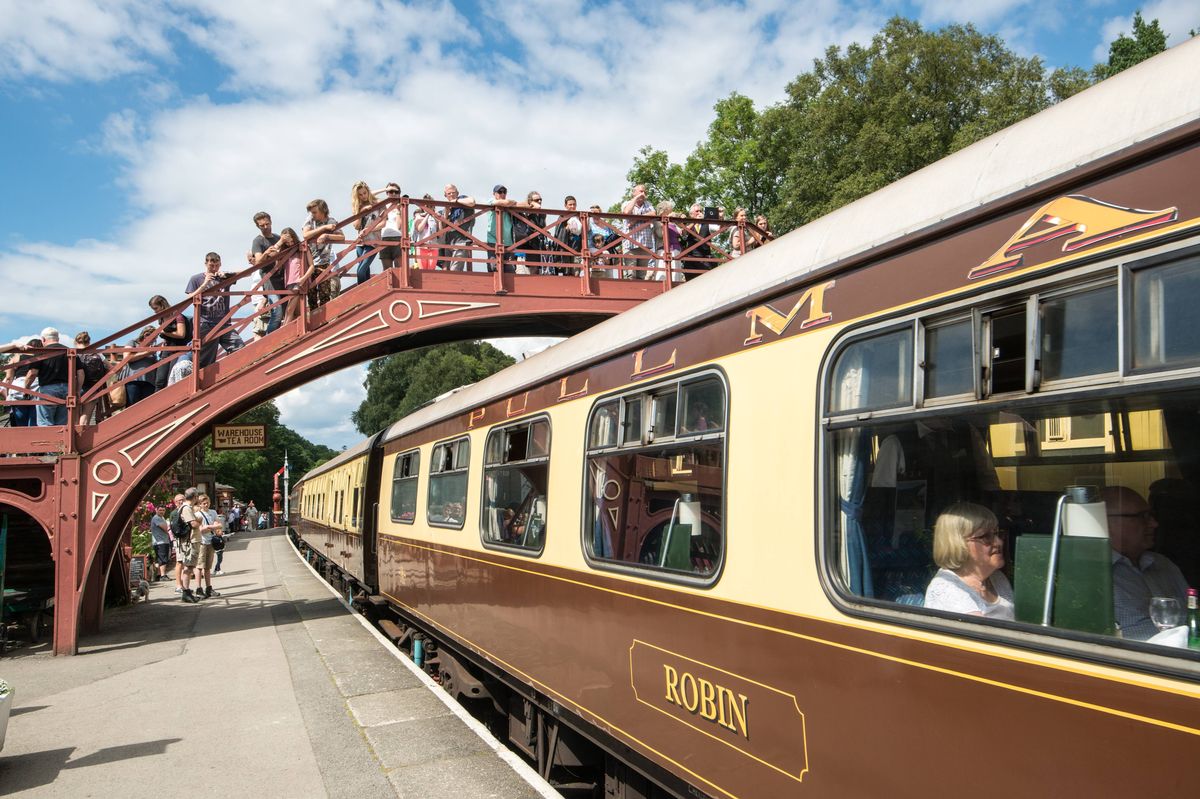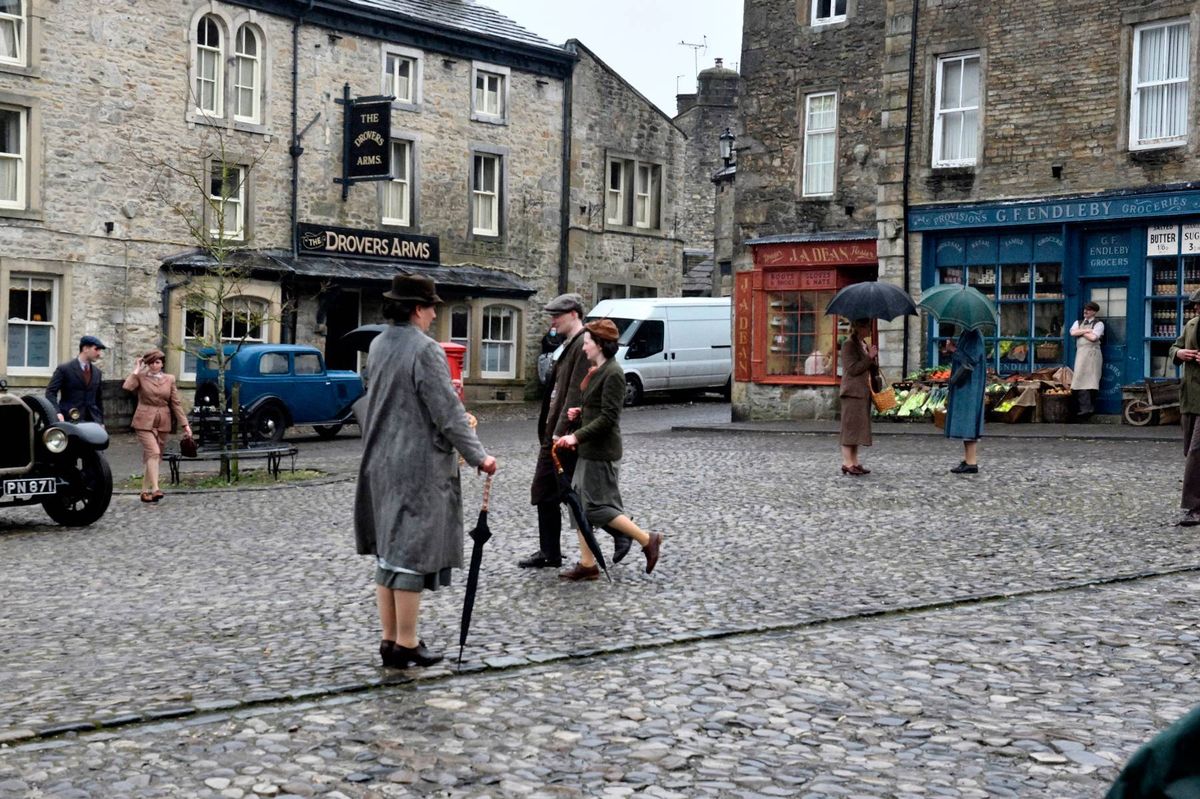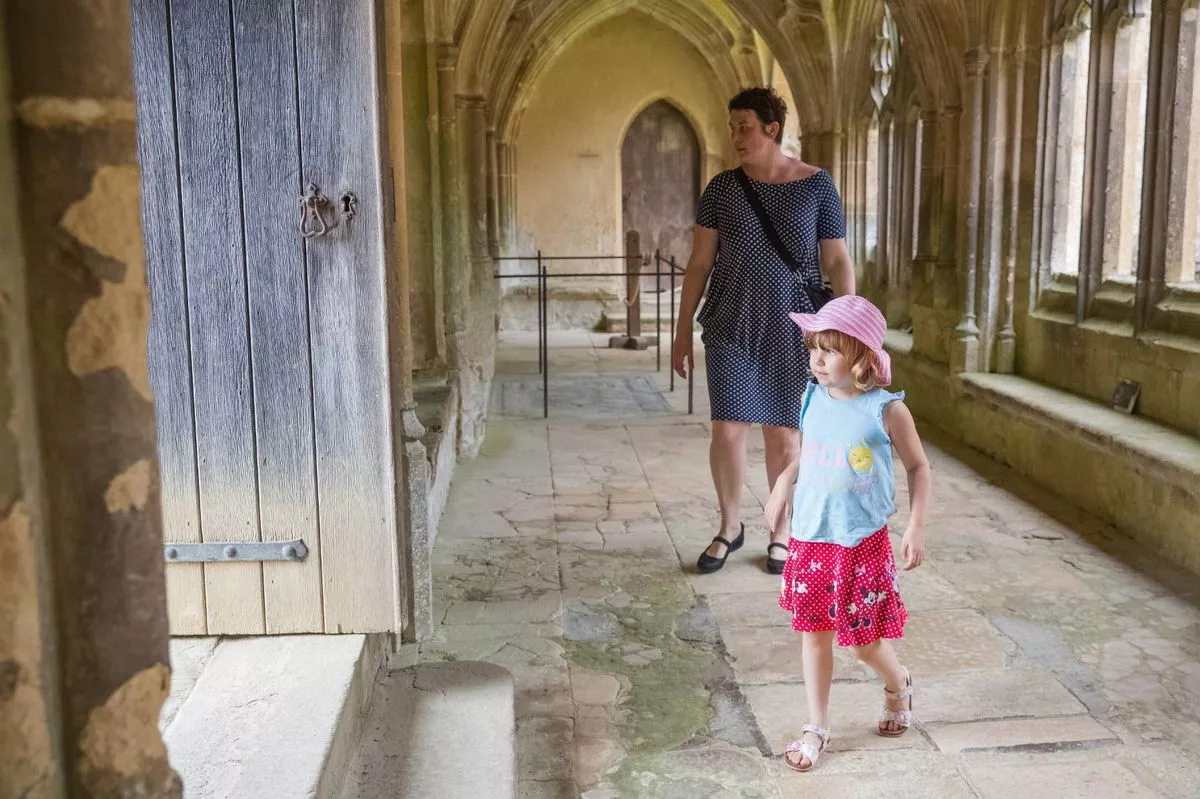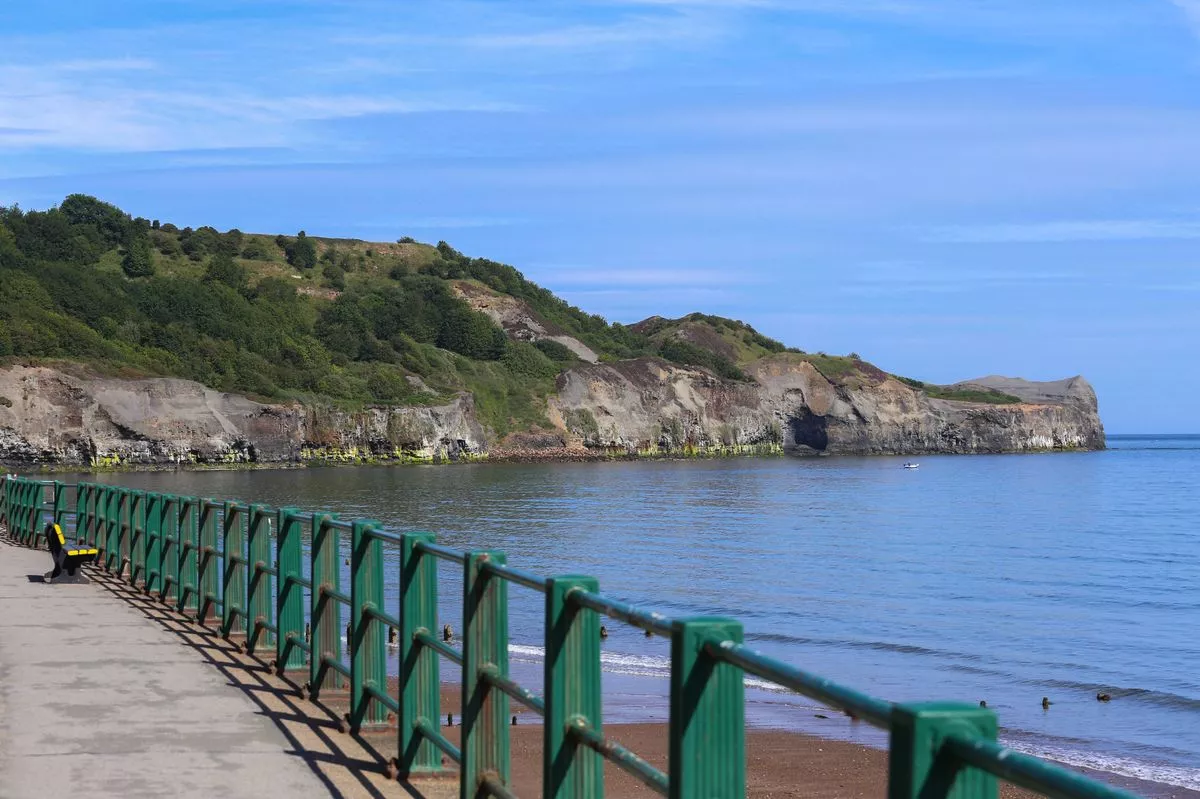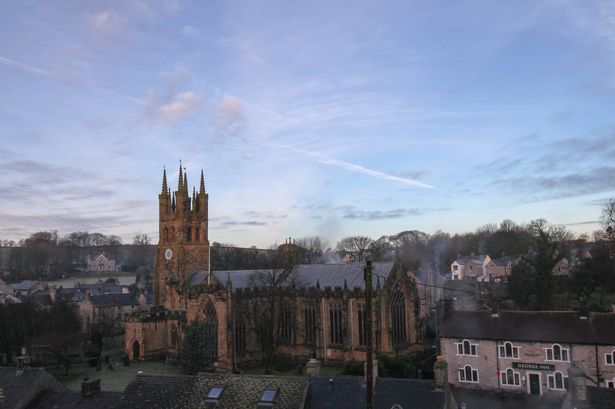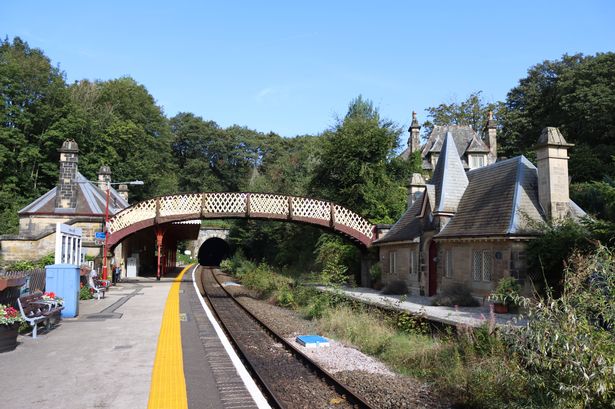Netflix’s Man vs Baby has been a hit with viewers and they can’t get enough of the picturesque village at the beginning of the series.
Man vs Baby, featuring Rowan Atkinson reprising his role as Trevor Bingley, has become a massive hit on Netflix. The festive comedy is a four-part sequel to Man vs Bee, and it sees Trevor taking up a new position as a school caretaker. Following his separation from his wife, Trevor leads a simple, somewhat solitary life in a quaint rural cottage that still relies on a coin meter for electricity. He was looking forward to his daughter’s Christmas visit, but a change of plans left him alone.
After a string of unexpected events, Trevor ends up house-sitting a luxury penthouse in London, where most of the story unfolds. However, viewers have been captivated by the idyllic village featured at the start of the series, which is currently topping the Netflix charts, and are eager to know its location.
The opening scenes of this Christmas comedy were shot in the charming village of Aldbury in Dacorum, Hertfordshire. Dacorum Borough Council proudly shared a snapshot of the film crew on their Facebook page, delighted to see their picturesque locale gaining recognition.
They explained: “The production, which includes Rowan Atkinson among its cast, brought a festive transformation to Aldbury last winter, complete with snow-covered streets, Christmas trees, and seasonal decorations. Working under the production code name St James, Aldbury Parish Council supported the Netflix team throughout the process, with local residents and businesses helping to ensure smooth filming.”
“Hertfordshire Film Office also assisted with traffic management. Many community members had the opportunity to observe filming, with several external scenes shot around the village. Thank you to everyone involved in supporting another production in Dacorum.”
The picturesque village of Aldbury, home to fewer than a thousand residents, centres around Aldbury Village Store. Viewers are also treated to glimpses of the village pond, the historic manor cottage, and the Greyhound Inn’s exterior, the beloved local pub.
The scenes depicting St Aldwyn’s Church of England Primary School were actually filmed at Longfield Hall, a Victorian community venue dating back to 1904 in Camberwell, South London. For the railway station sequence, whilst Tring Station was nearest, its contemporary appearance meant producers opted for Ongar railway station in Essex instead.
Enjoy Dacorum portrays Aldbury as a “pretty, traditional English village with a church, village pond, ancient whipping post and stocks and two pubs”. Thanks to its quintessentially charming character, the village has become a sought-after filming destination for major productions including Midsomer Murders and the second Bridget Jones film.
The 2023 film Lord of Misrule also featured scenes shot in Aldbury, with the Parish Council publishing a touching note from the production crew on their website. They said: “It has been an enormous privilege for us to shoot our movie in such a beautiful, characterful setting and I think we’ll all take a little piece of Hertfordshire away in our hearts as we leave.”
Actor Atkinson reflected on how the concept of a solitary Christmas formed the foundation of the series, explaining: “I certainly like Christmas, like most people. I was quite drawn to the idea of, without wishing to spoil the plot of Man Versus Baby, a lonely Christmas.
“Other than having the baby for company, Trevor’s alone because his daughter has booked a last-minute holiday to Barbados. He’s flat-sitting at Christmas without any of his family around him, and that can be hard.
“When we first see him, he’s got all these presents wrapped by a tiny tree decorated with Heroes wrappers, and he’s looking forward to it, and then he gets abandoned by his family, which is quite sad.”
The series has garnered glowing reviews from both viewers and critics, who have praised it as ideal family viewing. The Mr Bean star explained: “As long as people enjoy what I’ve put a lot of effort into producing, I’m happy. I’ve worked on this show every day of my life for the last year and a quarter, at the very least. I definitely put in the hours.
“I’m someone who does that. I don’t just turn up to act the role: I’m part of the writing and very much part of the post-production, so I’m in every sound mix and visual effects meeting. I’m there from the bitter beginning to the bitter end and so it’s a big commitment. If all of that effort ends up in something good that people like, that’s all you can hope for.”
Man vs Baby is available to stream on Netflix.

